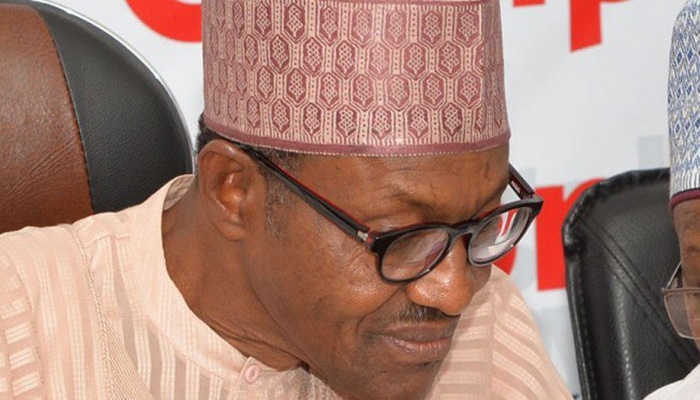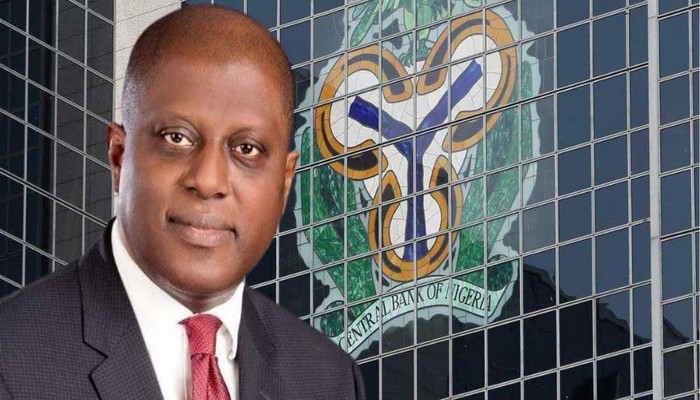
The Federal Government is expected to take more loans if its plan to fund infrastructure is to be realized, Senior Analyst at Agusto & Co, Jimi Ogbobine has said.
Speaking at training for financial journalists during the Finance Correspondents Association of Nigeria (FICAN) 2018 Annual Workshop held in Lagos at the weekend, he said government is expected to deploy about N1.6 trillion to fund infrastructure this year.
He said, the training, titled: ‘Analysis of the Macroeconomic Environment’ and sponsored by Rand Merchant Bank, was meant to deepen the knowledge of journalists on the economy and financial industry developments.
Ogbobine said the bulk of financing for infrastructure will come from borrowing with a larger share being domestic debts. He added that funding the capital budget will require higher than planned borrowing with adverse implications for interest rates and interest costs for the economy.
“The Federal Government borrowing to fund infrastructure is likely to be between N1.2 to N1.6 trillion. The implementation is unlikely to start before the second quarter and revenue is likely to be lower than planned. Actual funding from asset restructuring, recoveries and “other” may be substantially lower than the planned level of N2 trillion. Therefore, fully funding the capital budget will mean higher than planned borrowing with adverse implications for interest rates and interest costs,” he said.
He added that obligatory spending of the Federal Government is still more than 100 per cent of revenues, hence, there is no free cash flow for investment in infrastructure. “Every kobo of infrastructure spending is financed by debt constrains ability to fully fund budgeted amounts. Debt as percentage of revenue is significantly higher than the median, of 200 per cent, for countries in Middle East & Africa. Federal Government plans to partly finance 2018 capital expenditure with proceeds of asset sales,” he said.
Speaking on inflation, he said a hyper-inflationary environment is one where prices double at least every three years. “This means inflation rate of about 25 per cent per annum. In such environments, investors hold savings in low inflation currencies in dollars, Pounds Sterling and Euros and business persons price products (particularly those with a high import content) in these low inflation currencies, usually the dollar. In effect, such environments are “dual currency environments”.
“Real Gross Domestic Product per capita should grow in 2018. It should be easier for businesses to access forex to fund their operations. Most businesses should see top line and profit growths. Unemployment rate will fall but the level will remain high,” he stated.
Continuing, the analyst said actual deficit may be lower than planned deficit largely because of a low implementation of the capital budget.
Ogbobine said based on the long-term inflation difference, the naira-dollar exchange rate should close 2018 at about N420/1 in the Investors & Exporters’ FX Window. He however predicted that should oil revenues increase, as is likely, the CBN will try to keep rates in this market as close as possible to the current levels.
He explained that despite recent contraction in Gross Domestic Product (GDP) growth, Nigeria remains Africa’s largest economy, following rebased GDP figures in 2013.
“Still a viable economy based on long-run projections. Significant issues with political stability, terrorism and scattered violence in certain areas. Heavily dependent on crude oil exports and facing severe economic challenges with the current global oil market shocks, terrorism threats, and attacks on key economic interests,” he said.
Continuing, he stated that average oil price for 2018 is likely to be firmer driven largely by OPEC production cuts, stronger growth, high but declining inventories and political tensions in the Middle East.
“A lot is still contingent on ability to produce and evacuate oil from the Niger-Delta. Demand management of imports will continue. If Nigeria is able to produce and evacuate crude, she will build reserves but some of the reserves will be used to intervene in the Nigerian Autonomous Foreign Exchange (NAFEX) market to keep exchange rates in this market at near current levels,” he added.






